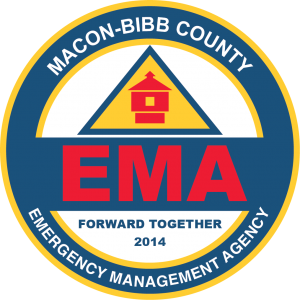Build a Kit
Build an Emergency Kit
After an emergency, you may need to survive on your own for several days. Being prepared means having your own food, water and other supplies to last for at least 72 hours. An emergency kit is a collection of basic items your household may need in the event of an emergency. Most of the items are inexpensive and easy to find, and any one of them could save your life. Headed to the store? Download a printable version to take with you. Once you take a look at the basic items, consider what unique needs your family might have, such as supplies for pets, or seniors. To assemble your kit, store items in airtight plastic bags and put your entire emergency supplies kit in one or two easy-to-carry containers such as plastic bins or a duffel bag.
A basic emergency supplies kit could include the following recommended items:
- Water(one gallon per person per day for at least three days, for drinking and sanitation)
- Food(at least a three-day supply of non-perishable food)
- Battery-powered or hand crank radio and a NOAA Weather Radio
- Flashlight
- First aid kit
- Extra batteries
- Whistle (to signal for help)
- Multi-purpose tool
- Dust mask (to help filter contaminated air)
- Medications (7-day supply) and medical items
- Sanitation and person hygiene items
- Manual can opener
- Local maps
- Cell phone chargers and a portable battery charger
- Copies of personal documents (medical information, proof of address, deed/lease to home, passports, birth certificates, insurance policies)
After assembling your kit remember to maintain it so it’s ready when needed. Keep canned food in a cool, dry place. Store boxed food in tightly closed plastic or metal containers. Replace expired items as needed. Re-think your needs every year and update your kit as your family’s needs change.
Since you do not know where you will be when an emergency occurs, prepare supplies for home, work and cars. Keep your home kit in a designated place and have it ready in case you have to leave your home quickly. Make sure all family members know where the kit is kept. Be prepared to shelter at work for at least 24 hours. Your work kit should include food, water and other necessities like medicines, as well as comfortable walking shoes, stored in a “grab and go” case. In case you are stranded, keep a kit of emergency supplies in your car.
Below is a link to an Emergency Supplies Kit Checklist that you can use for your home or office

